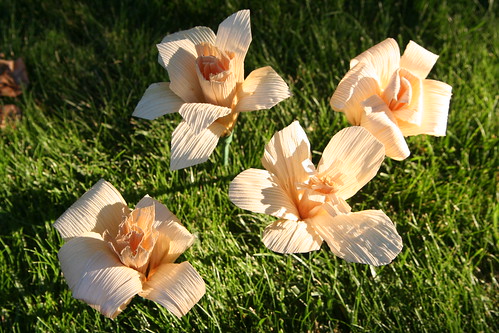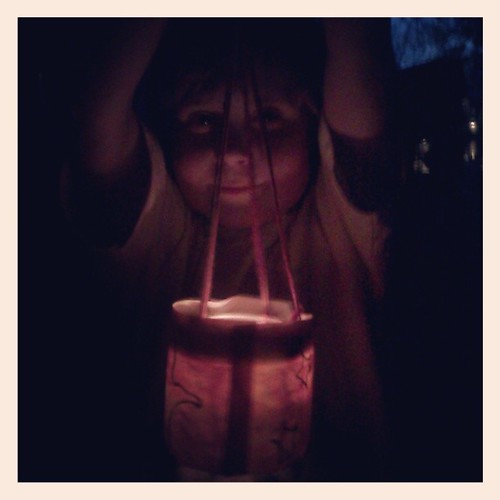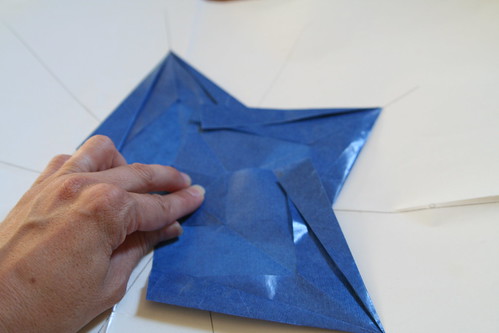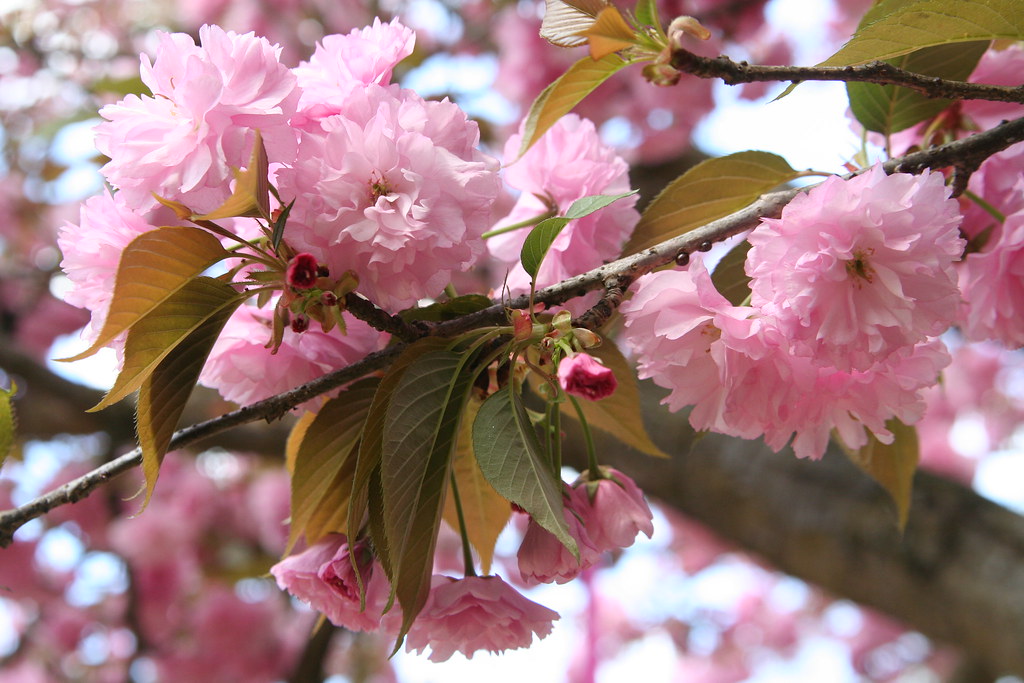Our Happy Solstice
The Sun in Winter
Pale sun goes sailing
Through the frozen sky;
Trees raise to him their arms
As he goes by.
Haste, sun, grow brighter
As the days go past;
Wake from their sleep the buds
And leaves at last.
My day started with a gorgeous trail run with my friend.
The kids played with the neighborhood boys, and just at sunset, Ian got to explain to the kids what the winter solstice is—that the earth’s axis is 23.5 degrees tilted to the plane of her orbit, and thus we have seasons of more sun and less sun, and that after this shortest day, the hours of sunlight each will get longer for the the next six months.
We declined a party invitation with regret, and celebrated at home on Saturday evening. It was quiet. It was cozy.
It was a little dark, just as I wanted it to be. The candlelight was lovely.
We had a meal of Greek avgolemono soup, fruit salad, green spinach salad with little yellow squash suns, and a honey suncake for dessert. Simple and delicious. I had a vision, so the kids and Ian just relaxed while I prepared it. I loved the part when I called them in to eat, and everything was glowing, perfect, and pretty. I only wish the boys had enjoyed the soup more.
And I convinced my darling boys to do some art with me. We painted these pretty sun symbols. Now we can hang them to remind us of how grateful we are for the sun’s warmth and light. They could be Yule or Christmas ornaments, or a kind of mobile. I don’t know yet. But I love them.
And as for our furry friend, Solstice the dog—we celebrated his second anniversary in our home. He got some new treats and a new rope toy. We adore him.












































































